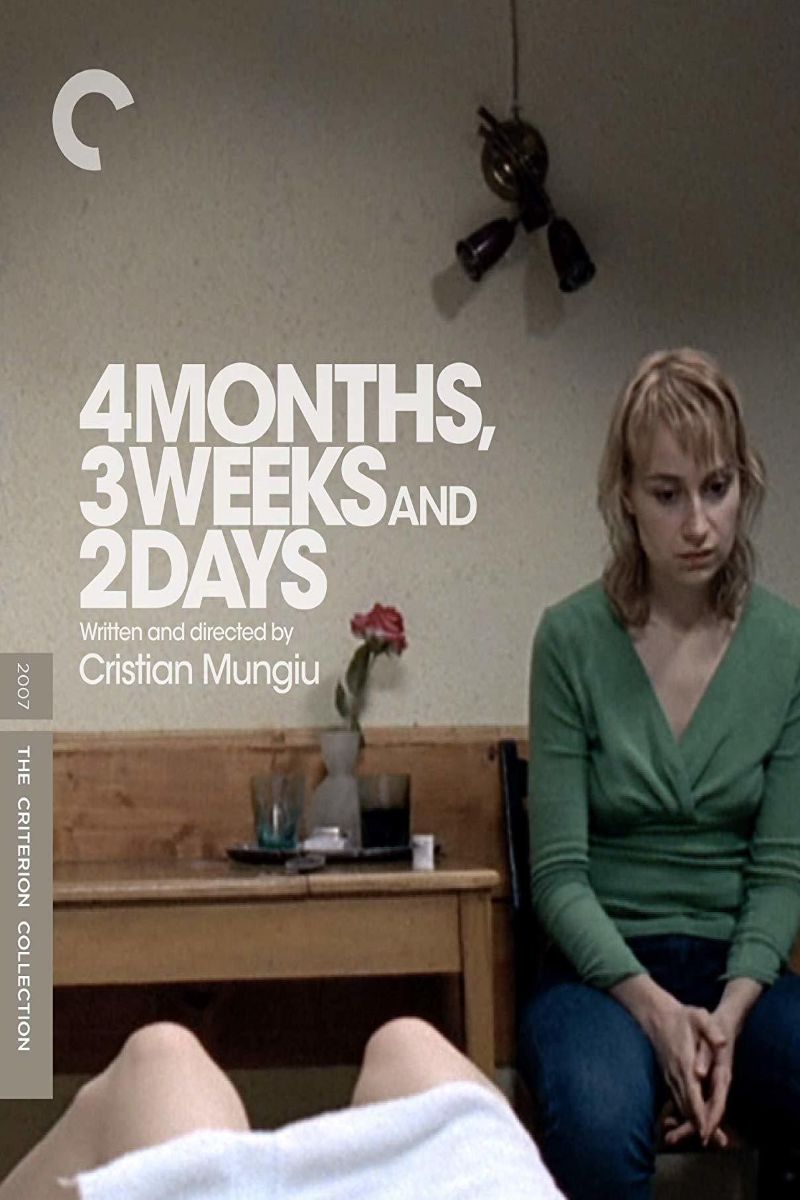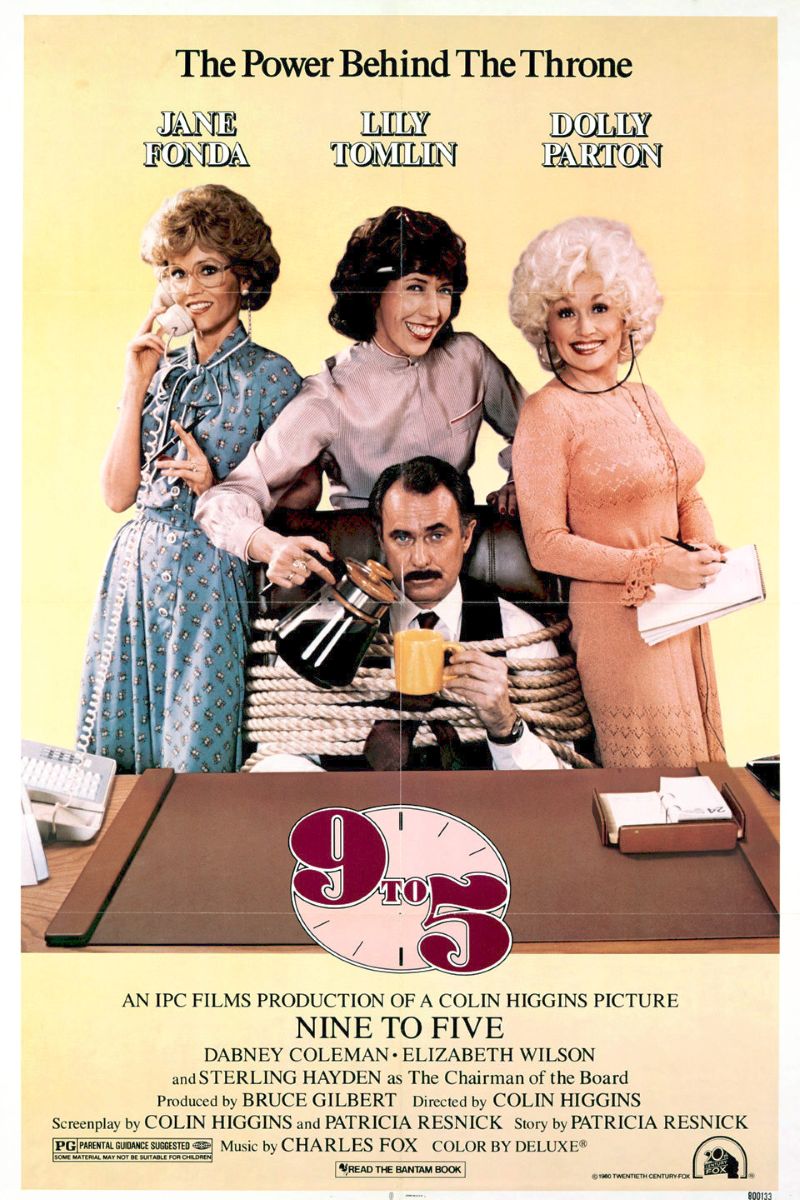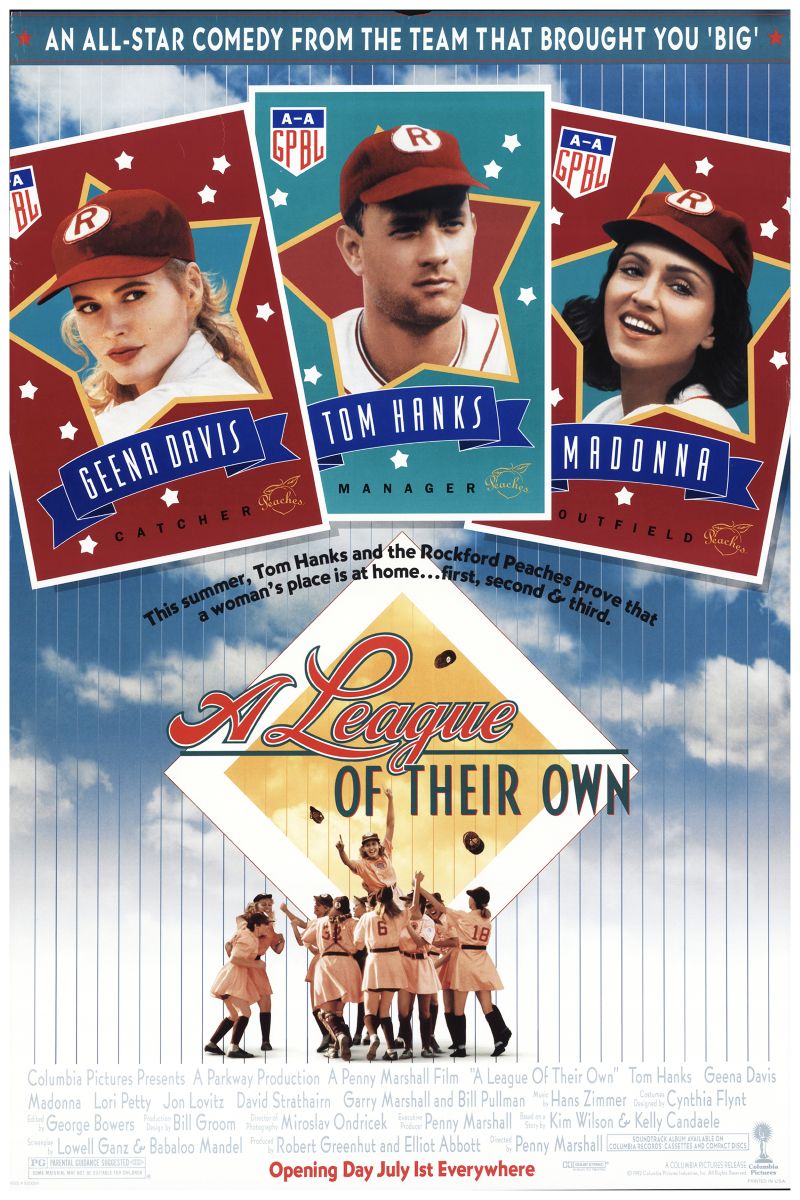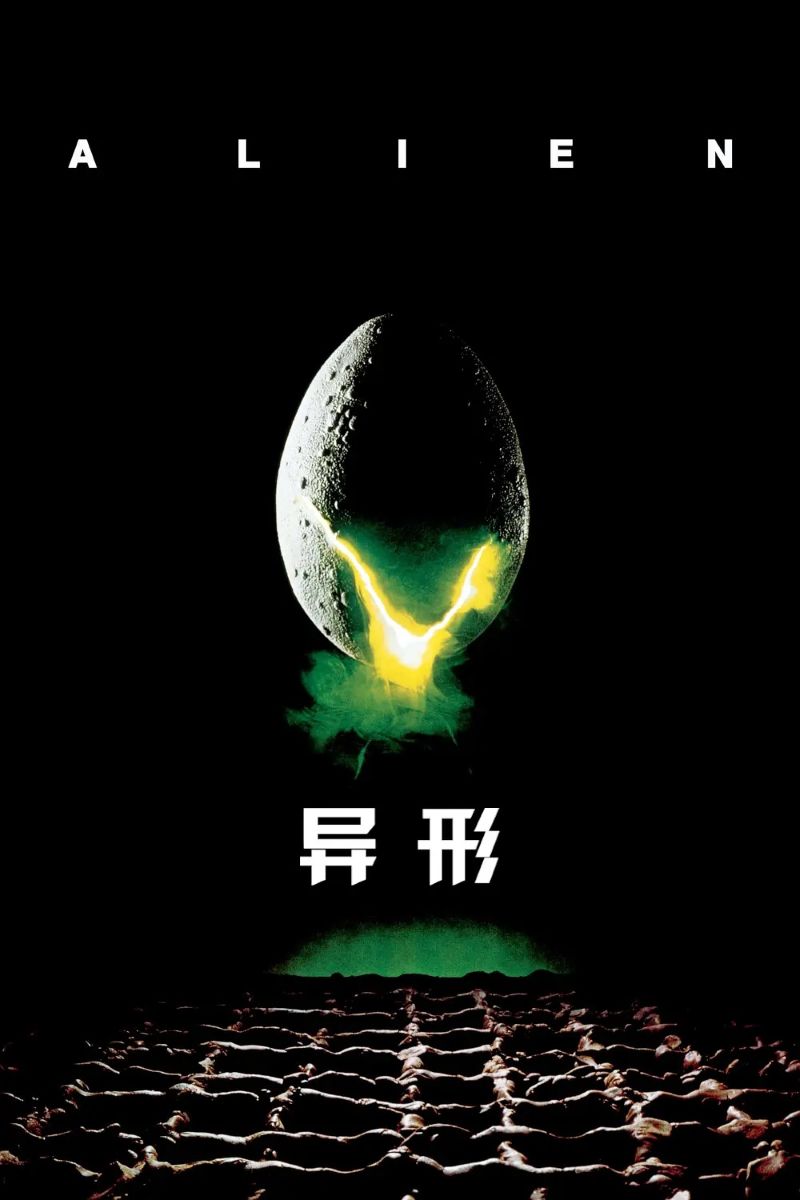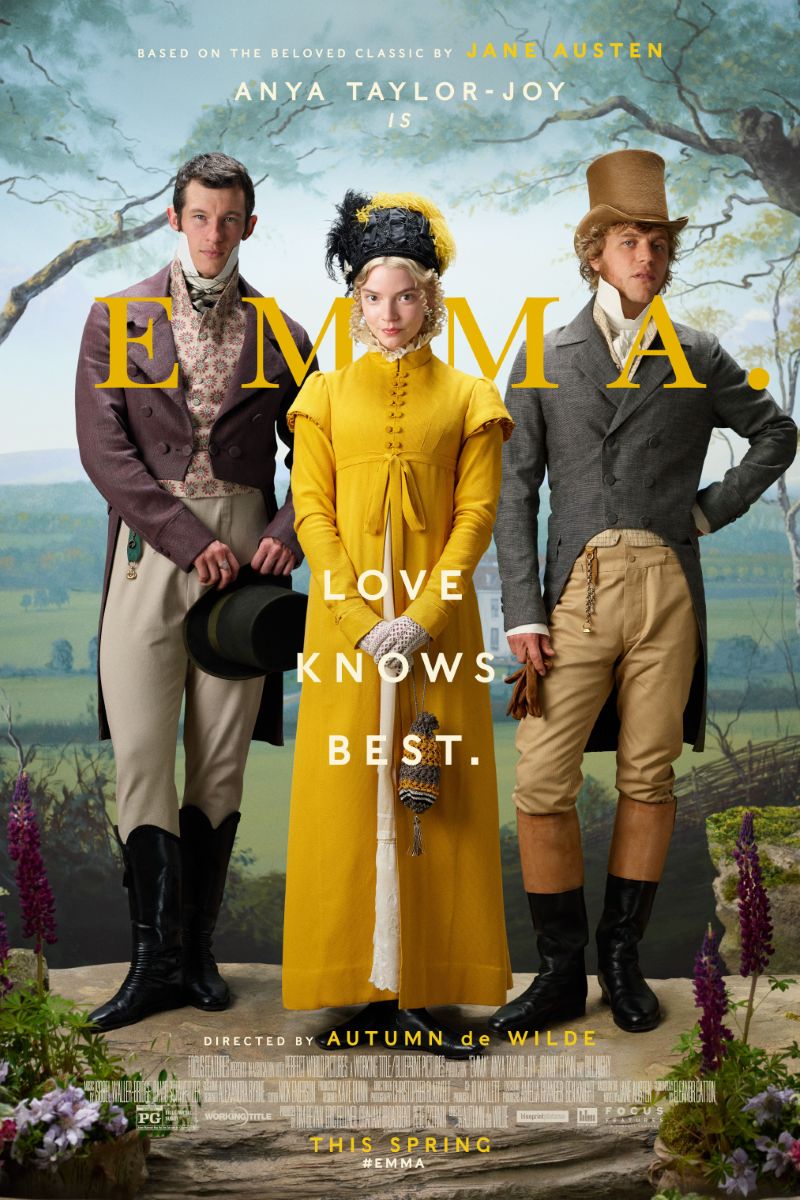
Emma.
Emma.
An adaptation of Jane Austen's novel directed by Autumn de Wilde, starring Anya Taylor-Joy. The film follows wealthy young woman Emma Woodhouse in Regency-era England as she enthusiastically matchmakes for others, discovering her own true emotions in the process. The director reinterprets this classic literary work with exquisite visual aesthetics and a modern feminist perspective, deeply exploring important themes including female independence, class consciousness, marriage choices, and coming-of-age awakening.
Cast
Related Topics
🎥 Film Analysis & Review
Emma. represents director Autumn de Wilde’s exquisite visual reconstruction of Jane Austen’s classic novel, a work that not only garnered widespread acclaim for its breathtaking costume design and cinematographic aesthetics but more importantly reexamined the gender, class, and power dynamics of early 19th-century British society through a modern feminist lens. Anya Taylor-Joy’s Emma Woodhouse is a complex and fascinating female character who embodies both the superiority and limitations of privileged-class women while demonstrating the possibilities of female intelligence, independent will, and coming-of-age awakening, establishing itself as an excellent example of modernized adaptation of classical literature.
From a class analysis perspective, Emma’s most profound insight lies in its meticulous presentation and critique of early 19th-century British social hierarchy. Emma, as the daughter of a wealthy landowner family, enjoys economic independence and social status that enables her to reject marriage as a traditional model for economic security. However, the film simultaneously reveals how her privilege makes her lack genuine understanding and empathy for lower-class life. Her “improvement” project for Harriet Smith embodies the condescending attitude of upper classes toward lower-class people, reflecting how class privilege distorts interpersonal relationships and moral judgment.
Anya Taylor-Joy’s outstanding performance infuses Emma’s character with modernity and complexity. She successfully balances the character’s seemingly contradictory qualities of lovable versus annoying, intelligent versus foolish, kind versus selfish. This complexity makes Emma a believable, authentic character rather than a simple moral lesson subject. Through nuanced performance, Taylor-Joy demonstrates Emma’s psychological growth from self-righteousness to self-awareness, from manipulating others to understanding herself.
The film’s portrayal of female friendship is both warm and complex. Emma and Harriet’s relationship embodies the complexity of relationships between women of different social positions. Although Emma’s motives partly stem from good intentions, her “help” actually carries strong class superiority and desire for control. This friendship’s inequality reflects how class differences affect solidarity among women. In contrast, Emma’s competitive relationship with Jane Fairfax demonstrates competition and jealousy among women within the same class, revealing the reality of women competing for limited resources and social recognition in patriarchal society.
Autumn de Wilde’s directorial approach perfectly fuses classical literature with modern aesthetics. The film’s visual style remains faithful to Regency period historical background while carrying strong contemporary artistic sensibility. Exquisite costume design, symmetrical composition, vibrant color coordination, and carefully designed interior decoration create a visual world that’s both historical and surreal. This aesthetic choice not only enhances the film’s watchability but more importantly highlights the refinement and insularity of Emma’s living world.
From an economic empowerment perspective, Emma represents a special form of female economic independence. She inherited her father’s property and doesn’t depend on marriage for economic security—extremely rare for the time. This economic independence gives her freedom to choose marriage partners, enabling her to reject unsuitable suitors and pursue genuine love. However, the film also suggests this privilege’s rarity and contingency—not all women could enjoy such economic freedom.
The film’s exploration of marriage institutions is both respectful and critical. By showing different types of marital relationships—from Knightley and Emma’s based on true love, to Rev. Elton and Augusta’s based on economic considerations, to Harriet and Martin’s based on emotional impulse—the film presents the diversity and complexity of Regency-era marriage. This pluralistic presentation avoids simple beautification or criticism of marriage institutions, instead showing their authentic face within specific historical contexts.
Johnny Flynn’s Mr. Knightley is an idealized male character, but the film endows him with modern egalitarian qualities. His criticism and guidance of Emma aren’t based on male authority but on moral principles and sincere care. Although this relationship model still carries paternalistic overtones, it’s quite progressive relative to contemporary standards. Their relationship development embodies the possibility of partnership based on mutual respect and understanding.
The film’s portrayal of female growth and self-recognition is particularly profound. Emma’s growth isn’t passive acceptance of instruction but active insight gained through her own mistakes and reflection. Her misguided treatment of Harriet, misunderstanding of Jane Fairfax, and misjudgment of her own feelings all become opportunities for recognizing herself and understanding others. This growth model emphasizes female agency and learning capacity.
The film’s humor comes both from the original novel’s witty dialogue and modernized visual presentation. De Wilde employs many modern cinematic techniques—slow motion, close-ups, and musical editing—to enhance comedic effect. This modernized treatment makes the classical story more attractive to contemporary audiences while maintaining the original work’s spiritual core.
From a cultural criticism perspective, the film’s portrayal of Regency-era British society serves as both historical recreation and contemporary reflection. By showing that era’s social etiquette, class concepts, and gender roles, the film provides a historical mirror for examining similar contemporary issues. Emma’s privilege and limitations reflect certain characteristics of today’s elite classes, while her growth process offers inspiration for contemporary women.
The film’s portrayal of family relationships is also nuanced. Emma’s relationship with her father demonstrates daughters’ sense of responsibility toward aging parents; this responsibility partly limits her freedom but also embodies the importance of family affection. This complex family dynamic reflects women’s universal dilemma in seeking balance between personal freedom and family responsibility.
The film’s musical design deserves special attention. It features both classical music appropriate to the period and modernized scoring treatment. This mixture of musical styles reinforces the film’s balance between classical and modern, creating a unique viewing experience for audiences.
From a feminist film theory perspective, the film demonstrates how period pieces can serve contemporary feminist discourse. Emma’s journey from self-centered meddling to genuine empathy and love reflects broader themes about women’s moral and emotional development that remain relevant today.
The film’s treatment of social mobility is particularly interesting. While Emma herself doesn’t need to climb the social ladder, her attempts to elevate Harriet reveal both the possibilities and limitations of class movement in Regency society, with parallels to contemporary discussions about meritocracy and social justice.
The visual symbolism throughout the film is rich and meaningful. The pristine, perfectly arranged interiors of Hartfield reflect Emma’s controlled but limited world, while the broader landscapes she ventures into during her moments of realization symbolize expanding awareness and possibility.
The film’s exploration of intelligence and its relationship to wisdom is central to Emma’s character development. Emma is undeniably intelligent, but the film shows how intelligence without empathy and self-awareness can lead to harmful consequences. Her journey toward genuine wisdom—the ability to understand herself and others—forms the narrative’s emotional core.
Ultimately, Emma’s value lies in its innovative adaptation of classical literature and profound exploration of female growth themes. Through Emma’s story, the film demonstrates how women exercise agency, learn and grow, and seek true love under specific historical conditions. It reminds us that while social conditions change, women’s growth challenges, relationship dilemmas, and self-recognition needs are eternal in many ways. Simultaneously, the film proves that classical literary works still possess powerful inspirational force and relevance in contemporary contexts—the key lies in reinterpreting their eternal human themes with modern perspectives. In a world still marked by class differences and gender inequality, Emma’s story provides valuable insights for thinking about privilege, growth, and interpersonal relationships.
🏆 Awards & Recognition
- • Academy Award Best Costume Design Nomination
- • Academy Award Best Makeup and Hairstyling Nomination
- • BAFTA Award Best Costume Design
- • Costume Designers Guild Award
⭐ Ratings & Links
Related Recommendations
Comments & Discussion
Discuss this video with other viewers
Join the Discussion
Discuss this video with other viewers
Loading comments...
